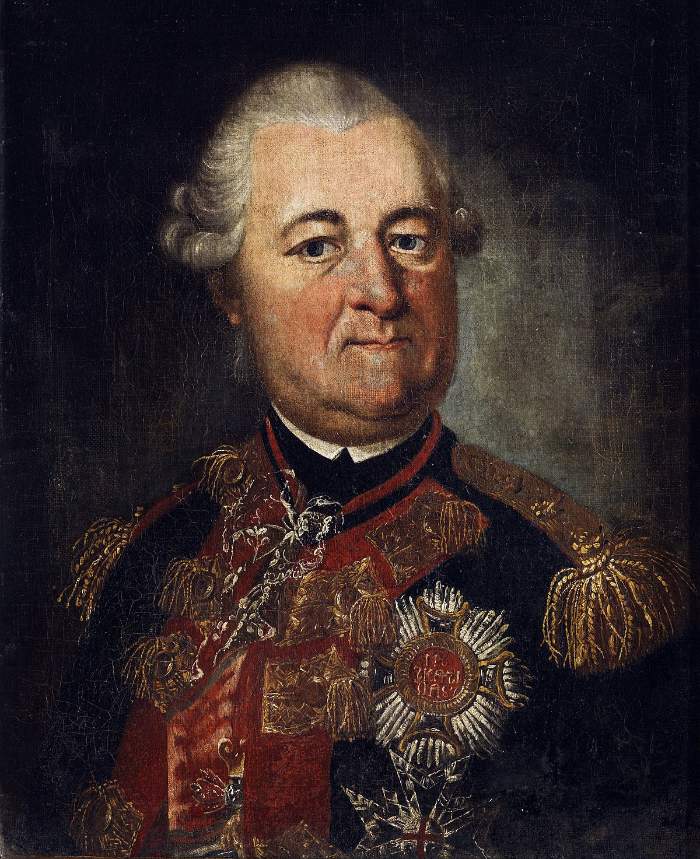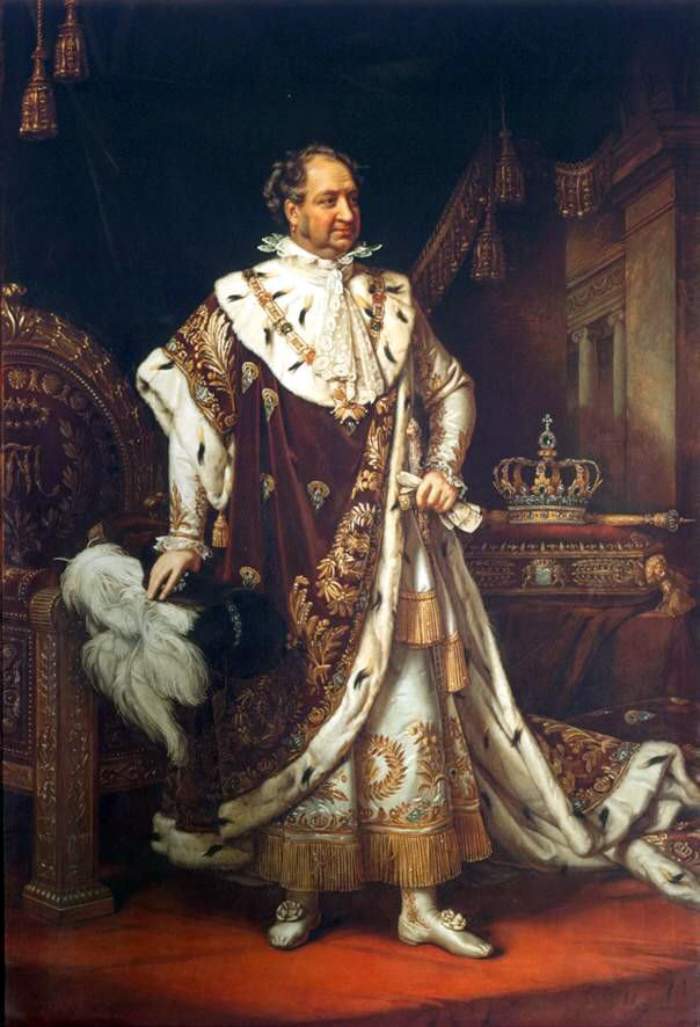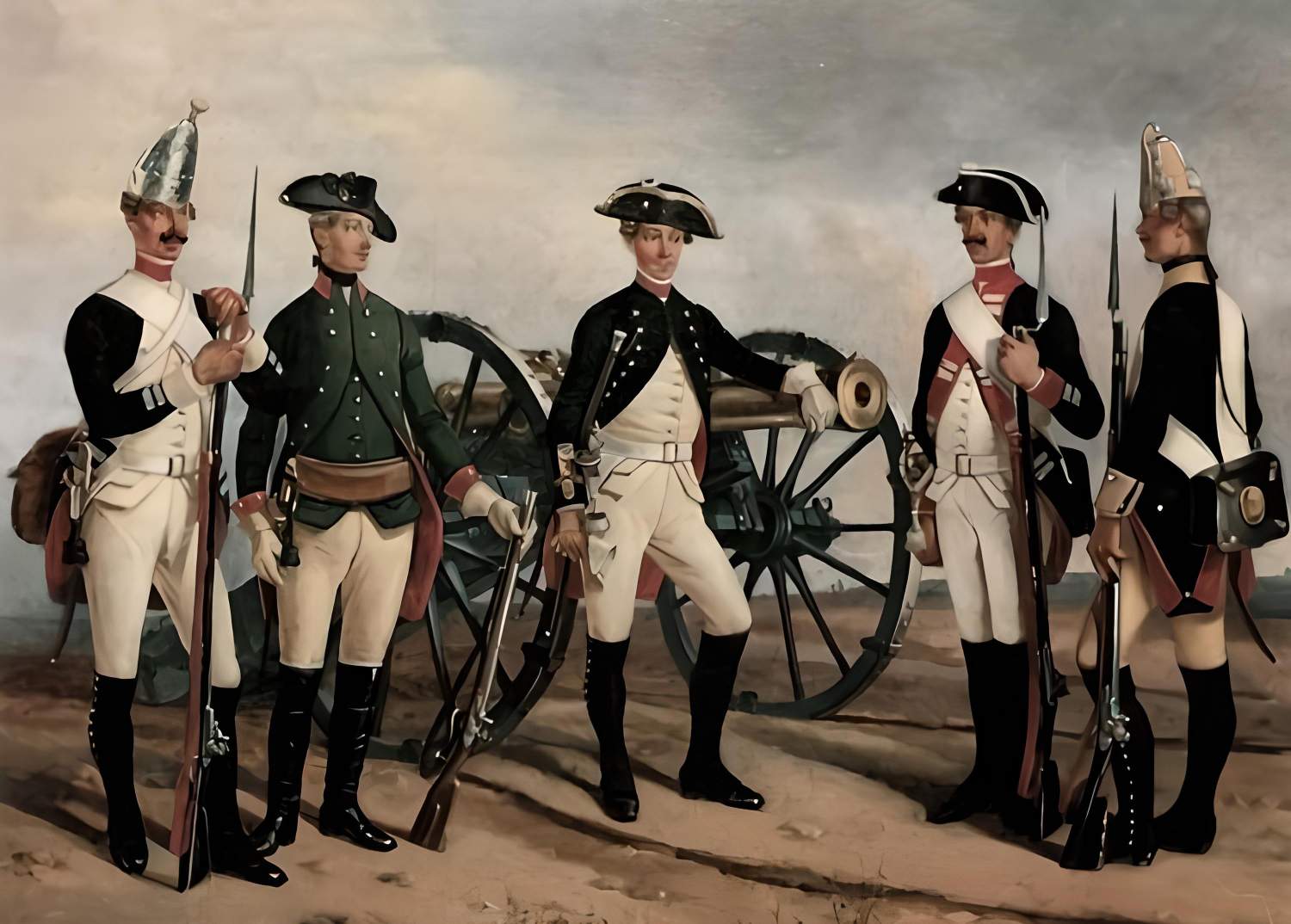Why is Bavaria not part of Austria? A Habsburg diplomat named Count Josef von Seilern rushed to the Munich Residence in February of 1799. There, Bavarian Elector Charles Theodore was passing away. Because of the stroke he had while playing cards, the 75-year-old was expected to die soon. As he prepared to leave the Wittelsbach, Seilern had an important assignment he needed to do. He was carrying a pact that would guarantee the Habsburgs’ rule in Bavaria, an essential document from Emperor Franz II. As expected, Austria was going to take over Bavaria.
Seilern thought the Elector would sign the pact at the last minute. However, the messenger failed to reach Charles Theodore. Because Theodore’s wife, Maria Leopoldine, did not welcome any visits. Because of this lady, who was intended to assure the Habsburg succession in Bavaria, the Austrians’ effort to seize the crown ultimately failed.
The Wittelsbach dynasty had no more legitimate kings or queens
Charles Theodore would have welcomed the opportunity to eliminate the new electorate. It had been two decades since Bavaria had fallen to him. The Wittelsbach dynasty had multiple branches. The Palatinate and Bavaria were dominated by the two most powerful. However, the aristocratic family had no more potential successors to the throne by the 18th century. It struggled hard to keep its hegemony in place. “House contracts” were introduced as a solution; thus, in the absence of heirs, it was only a question of combining family trees.
Timeline-wise, this case dates back to 1777. After Maximilian III Joseph’s untimely death, Elector Charles Theodore von der Pfalz of Mannheim succeeded him as ruler of the Bavarian line. The Electorate of Palatinate-Bavaria grew overnight to become the third-biggest state in the Holy Roman Empire. Now, almost all Wittelsbach branches met in the Mannheim. With the exception of a minor collateral line, which we’ll get to in a while.
However, the Elector, Charles Theodore, who was over 50 years old, had concerns about this new development. The house contracts required him to relocate from Mannheim, the capital city he had always cherished, to Munich.

Soon after his arrival, he began working to eliminate the Bavarian territories. Joseph II, Emperor of the Habsburgs, was waiting in Vienna. Still, the Austrian emperor claimed Lower Bavaria and the Upper Palatinate as his own, and he sent his army marching in. King Frederick II of Prussia, who was opposed to the Habsburgs expanding their power in the empire, responded to this development by calling a meeting of his cabinet.
As a result, he gave the command for his men to invade Bohemia. There, the War of the Bavarian Succession started in 1778. A year later, in 1779, the combatants were able to settle their differences via negotiations. As a consequence, the Innviertel region of modern-day Upper Austria was ceded to the Habsburgs by Bavaria in exchange for their recognition of the Wittelsbach House treaty.
Bavaria was too powerful for the Elector to eliminate
The war raged on for another decade until Charles Theodore had a breakthrough in 1785. As a means of appeasing the Habsburg emperor, he offered a trade in which the Electorate of Bavaria would be exchanged for the Habsburg Netherlands (present-day Luxembourg and Belgium). The emperor consented, and a royal title for the new kingdom of “Burgundy” was promised to Charles Theodore.
Someone raised a concern, and the preparations were abandoned once again. This time, it was a member of his own family who stood in his way—Charles II August, scion of the Palatinate-Zweibrücken collateral line. In order to counter Austria, he enlisted the help of Prussian King Frederick II, who joined forces with the League of Princes (“Fürstenbund”). As a result, the Habsburgs withdrew. The trade had to be canceled.
Charles Theodore was unable to abolish Bavaria, no matter how hard he tried. However, another chance presented itself in 1794. There was no heir apparent after the death of his wife Elisabeth-Auguste. To prevent the Zweibrückers, who had blocked the swap with the Habsburgs, from seizing power in Electoral Palatinate Bavaria after his death, the elderly man went out to locate a new bride.
Once again, the Habsburgs were prepared: If they couldn’t get to Bavaria via an exchange arrangement, then possibly through the succession to the throne, the emperor persuaded himself, and proposed Maria Leopoldine of the Habsburg collateral line Austria-Este as his future bride. She was just 17 when she found out about the marriage arrangements, and she was shocked. She may never have forgiven her parents for marrying her off, despite the fact that she followed all the proper courtesies. Perhaps this is also why, in 1799, while her husband lay dying, she refused to let the Habsburg ambassador in.
As a result of Maria Leopoldine’s interference, her family’s ambitions were foiled

A turning point was reached after the wedding in 1795. After the death of Charles II August, heir to the throne of Palatinate-Zweibrück, his younger brother, Max Joseph, became monarch. Since the Duchy of Palatinate-Zweibrücken was captured by French Revolutionary soldiers, he was a duke without a nation. And in case you were wondering: Yes, this Max Joseph will become the first Bavarian king, Maximilian I, in 1806.
Charles Theodore’s new wife was vital to his success. In little time at all, Maria Leopoldine had distanced herself from her husband and made it apparent that she had no intention of having children with him. The Electress’s explicit support for the Zweibrücken collateral line also crushed the Habsburgs’ expectations that they might exert influence over Charles Theodore’s inheritance.
The Habsburgs and the Palatine Zweibrückers both aspired to consolidate control in Bavaria while Charles Theodore lay dying in February 1799. Quick thinking was evident on Maria Leopoldine’s part as she sprang into action. She declared her support for the king’s chosen successor, Max Joseph.
It was a woman’s hand that anointed the new monarch
She faced Habsburg envoy Seilern in person when he showed up at the house. Given the presence of French forces, the Habsburgs could not hope for a smooth annexation of Bavaria, and Emperor Franz II certainly did not want to start another War of the Bavarian Succession. And thus it came to be that the last surviving branch of the Wittelsbach dynasty’s collateral line inherited the Bavarian throne.
Maria Leopoldine decided to remain in Bavaria, where she quickly rose to prominence as one of the wealthiest women in the region. This was partially because of the yearly stipend she got from the Bavarian court, and partly because she started a fresh, self-sufficient existence. She became an entrepreneur despite being atypical in several ways: socially, gender-wise, and historically. She managed a farm, invested in real estate and stocks, and founded and operated a few breweries. Her tragic death in a carriage accident between Munich and Salzburg in 1848 came at the age of almost 70.
Furthermore, what exactly occurred in Bavaria? Bavaria has always been Bavaria, and in 1806, it became a kingdom.






